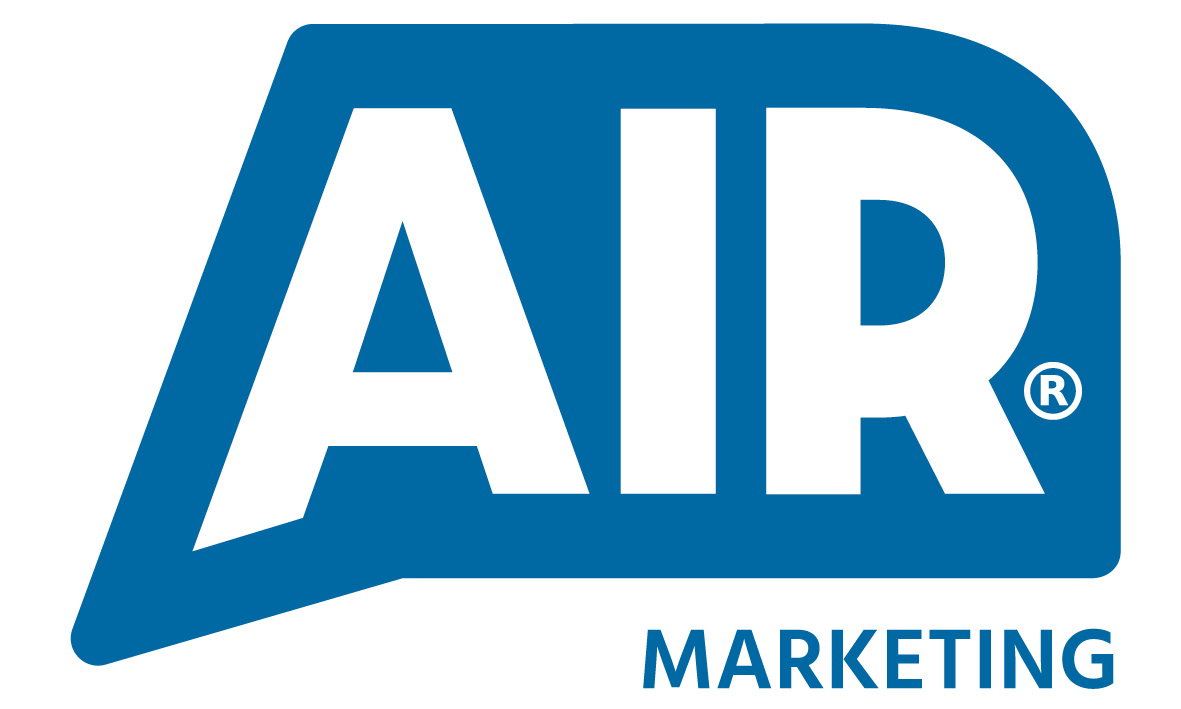Knowing what to measure and how to measure it can be a complicated process.
Your SDR team can generate up to 45% of your new sales revenue. This means it’s essential to manage their performance to make sure they perform as well as possible.
Management and measurement are especially important when a new rep joins your sales team. You want to constantly evaluate their performance to see what their strengths are and where they may need extra help.
In this article, we’ll look at how to manage and measure the performance of your SDRs to make sure they’re on the right track.
The myth of the three month ramp-up time
It’s a common myth in the sales world that it takes three months to onboard a new SDR. This is where they go from a complete novice to knowing everything about your business.
The truth is, it can take a lot longer.
Depending on your industry and the products or services you sell, your ramp-up time could be anything from six months to a year… even more.
It’s important to consider that your SDRs will not start on an even footing. Some will come in with knowledge of your sector, while others may be starting from scratch. Some may begin with years of sales expertise, but it may be the first job for other reps.
While the metrics you measure need to be the same, the individual goals may vary.
Review what you measure month-by-month
When measuring the performance of new SDR’s, the metrics you review need to change as they move through the ramp-up process.
Take the number of meetings booked, for example. While this is a sensible metric for your long-serving SDRs, it may be counter-productive for your newer reps.
Most meetings are booked after five or six contacts, meaning it’s highly unlikely your SDRs will hit this particular target in their first four weeks.
We recommend monitoring different metrics and goals for the first six months. That way, you can focus on what matters and have realistic expectations in place for the new members of your team.
What to focus on in the first six months
Here’s what we recommend checking and measuring during the first six months of your SDR’s career.
This list isn’t set in stone, and you should always consider your own sales needs. Test and measure to see what works best for your business.
Month one:
Rather than focus on the number of meetings booked, it’s crucial to ensure your new sales rep is having high-quality conversations with prospective customers.
That way, they are starting to fill their sales pipeline and can begin building conversions in future months.
Metrics that are good to review at this stage include the number of conversations/call volume and the average time spent per call.
As well as quantifiable metrics, qualitative assessment is important too. Listen to your SDR’s calls to make sure they engage prospective customers and handle objections well.
Most importantly, ensure all goals and metrics are communicated clearly to your SDR team. One in two employees doesn’t know what is expected of them at work, leading to frustration and job dissatisfaction.
Month two:
Now your SDR is growing their pipeline, it’s time to start measuring pipeline value and the number of meetings they book. The specific goals you decide upon will depend on your average sales cycle length.
It’s also important to consider the quality of the conversation and pitch. Tracking call conversion rate, connection rate and average time per call will help you see how well your SDR is selling and if they are targeting the right people.
Month three:
It’s not uncommon to see a slight drop in overall performance during months two and three.
This is known as ‘the trough of disillusionment’. The excitement of starting a new job has worn off, and your SDR may be disappointed that their hard work isn’t leading to conversions.
Factor this into your monthly metrics and don’t be concerned if a high-performing SDR looks like they are struggling. Listen and assure them that the work they put in will soon pay off.
Months four, five and six:
As your SDR regains confidence, gets to grips with your business and sees their sales pipeline grow, it’s expected their performance will grow too.
Gradually increase their goals over these three months to accommodate for this.
In conclusion – do what’s best for your business and SDRs
Whether you’re welcoming a new SDR or building a sales team from scratch, you need to look at the measurements that work best for your business, not anyone else’s.
While getting your SDRs up to speed as quickly as possible is essential, it’s also necessary to consider the right metrics. Not doing so could hinder your team, leading to missed targets and lost opportunities.
Think about how long your ramp-up time needs to be, and what you need to measure to bring the best out of your staff.
Nearly seven out of ten salespeople are more likely to stay with a business for at least three years when the onboarding experience is right. This not only leads to happier sales reps, but more revenue and lower employee churn rates.
Looking for more advice about managing SDR performance? Our content series will provide you with all the information you need.
Visit our knowledge hub for blogs, webinars, podcasts and more to help you lead your team to success.






